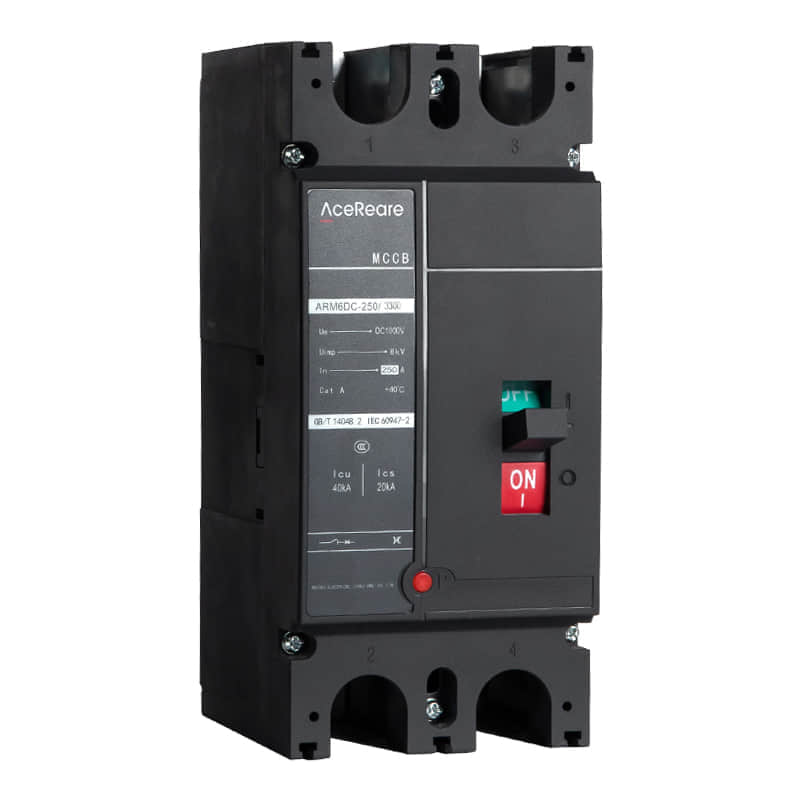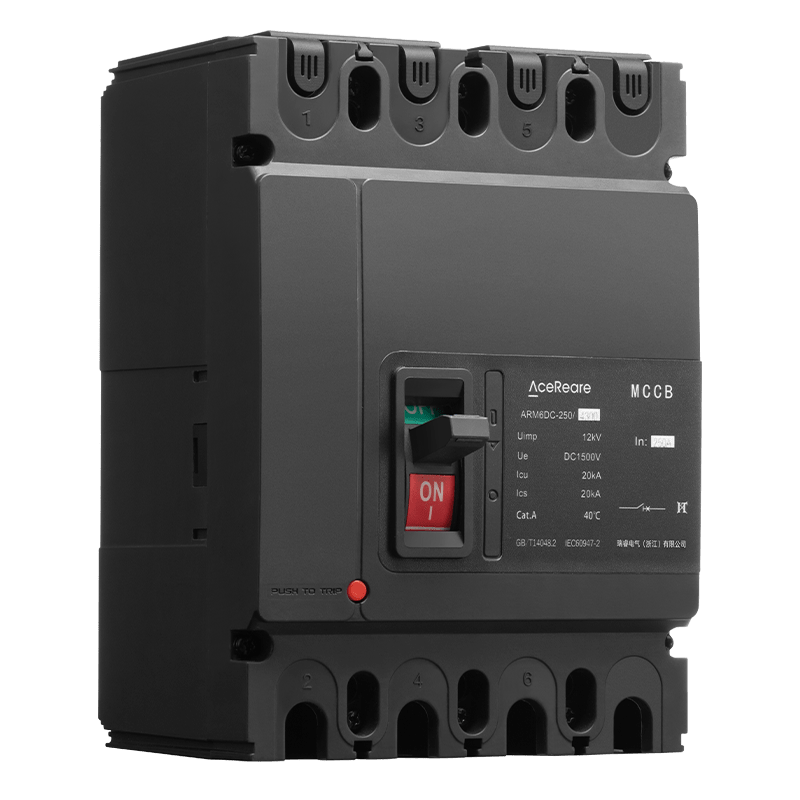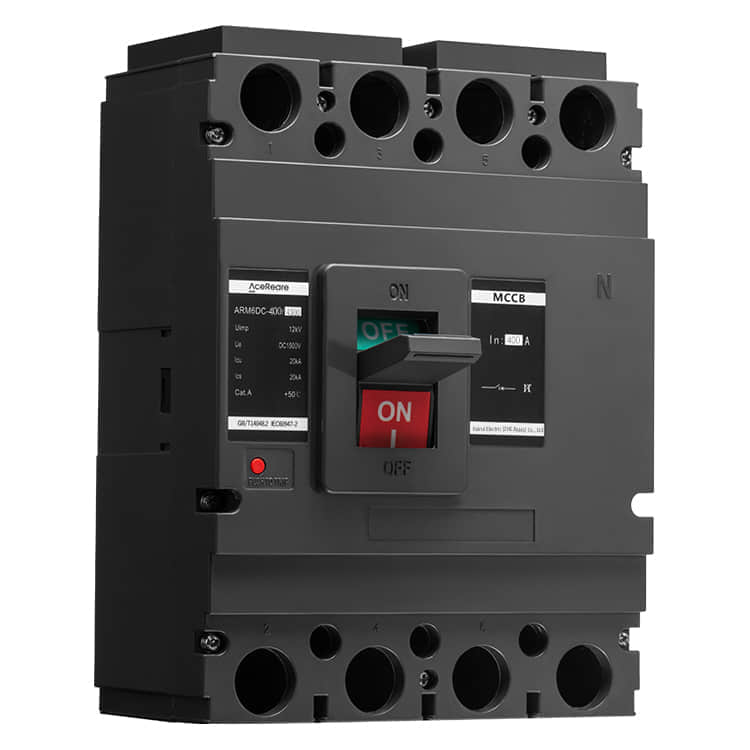In recent years, the increasing demand for renewable energy sources has driven remarkable advancements in solar power technology. One crucial component that has emerged from this wave of innovation is the Photovoltaic Molded Case Circuit Breaker (PV MCCB). This groundbreaking device plays a pivotal role in ensuring the safety and efficiency of photovoltaic (PV) systems. In this article, we will delve into the significance and functioning of the PV MCCB.

Enhancing Safety in Solar Energy Systems

As solar energy systems become more prevalent and integrated into power grids, safety remains a top concern. The PV MCCB is designed with a primary objective: to safeguard PV installations and the surrounding environment. This protective device prevents overcurrent situations, such as short circuits or overloads, from causing irreparable damage. By interrupting the circuit when an abnormal current surge is detected, the PV MCCB averts fires, equipment damage, and potential harm to individuals in proximity. A Closer Look at PV MCCB The PV MCCB merges the functionalities of traditional molded case circuit breakers with the unique requirements of photovoltaic systems. Its core components include the trip unit, operating mechanism, and current-carrying contacts. Trip Unit: At the heart of the PV MCCB lies the trip unit, which is responsible for sensing and responding to abnormal currents. This unit employs advanced technology to accurately detect deviations from the expected current levels. When a fault is detected, the trip unit triggers the opening of the circuit breaker, thereby halting the flow of electricity. Operating Mechanism: The operating mechanism translates the signals from the trip unit into physical action. It ensures the swift and precise interruption of the circuit. Modern PV MCCBs often incorporate electronic trip units, enhancing their responsiveness and allowing for remote monitoring and control. Current-Carrying Contacts: These robust components facilitate the smooth flow of electricity under normal circumstances. However, in the event of a fault, they swiftly disengage, preventing the flow of potentially damaging currents. Tailoring to Photovoltaic Systems PV systems have unique characteristics that require specialized circuit protection solutions. Unlike conventional electrical systems, PV arrays generate direct current (DC) electricity. This distinction necessitates specific considerations in circuit protection. PV MCCBs are engineered to accommodate DC currents, ensuring their efficiency and reliability within the photovoltaic context. Furthermore, the PV MCCB addresses the intermittent nature of solar power generation. As sunlight fluctuates, so does the current produced by the PV array. The PV MCCB is designed to handle these variations without compromising its ability to provide effective protection. Advancing Sustainability and Reliability The integration of PV MCCBs not only enhances safety but also contributes to the overall reliability and sustainability of solar energy systems. By preventing catastrophic failures, these circuit breakers extend the lifespan of PV installations, reducing the need for frequent maintenance and replacements. Moreover, as the world strives to transition toward cleaner energy sources, the efficiency of PV systems becomes paramount. The PV MCCB’s ability to rapidly detect and mitigate faults ensures minimal downtime, maximizing the energy yield of the system. Conclusion The Photovoltaic Molded Case Circuit Breaker marks a significant leap in the field of renewable energy technology. Its ability to provide tailored protection to PV systems, coupled with its emphasis on safety, reliability, and efficiency, makes it an indispensable component of modern solar installations. As solar power continues to illuminate the path toward a sustainable future, innovations like the PV MCCB illuminate the path toward safer and more efficient energy utilization.
